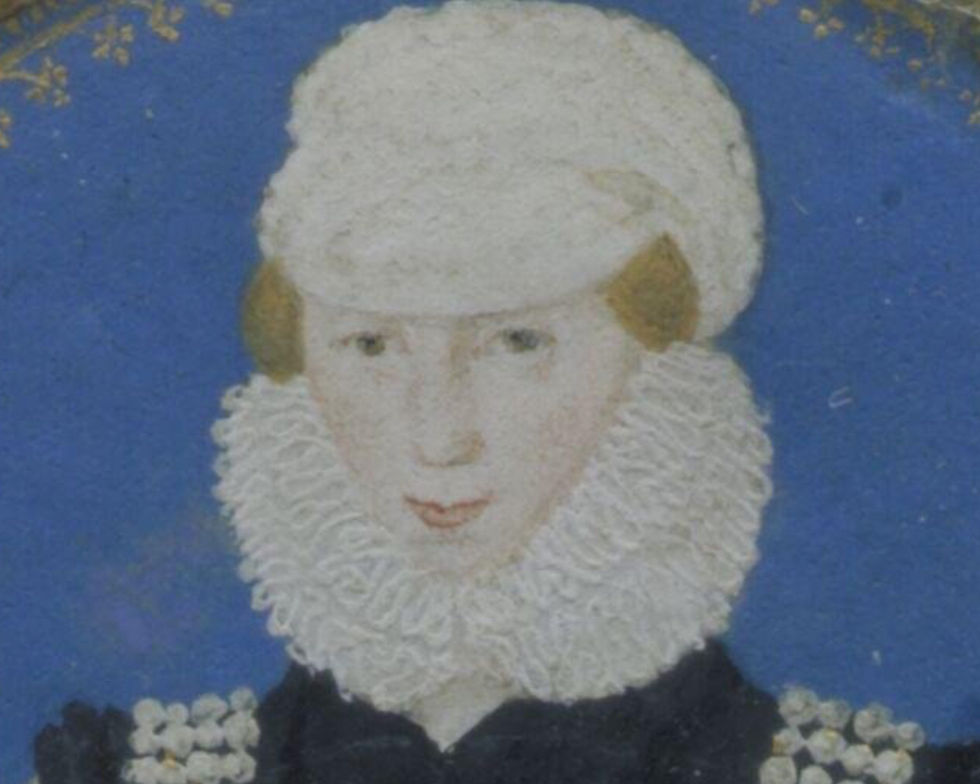ON THIS DAY - 26 December 1605
- thedudleywomen
- Dec 26, 2024
- 3 min read
Updated: Oct 2
On This Day (26 December) in 1605, Penelope Devereux and Charles Blount, 1st Earl of Devonshire, 'married' in a clandestine ceremony held at the Earl's Essex home of Wanstead Hall.

Penelope Devereux had been married to Robert Rich, 3rd Baron Rich, since January 1581, shortly before her 18th birthday, in a marriage arranged for her by her guardian, Henry Hastings, 3rd Earl of Huntingdon, to whose household her and her sister Dorothy had been sent (predominantly in York) following the death of their father in 1575. Despite this unhappy and incompatible marriage, the couple produced four children that survived to adulthood, including an heir, Robert (later 2nd Earl of Warwick), and 'a spare', Henry (later 1st Earl of Holland).
Penelope and Charles appear to have began their 16 year long affair in the final months of 1590. There was previous acquaintance with the family, with Charles having fought at the Battle of Zutphen in 1586, alongside Penelope's cousin by marriage and likely one-time paramour, Sir Philip Sidney. The couple made great efforts to keep their relationship private - they lived separately and did not mention each other in correspondence - with Penelope continuing to portray herself as a loving and obedient wife, whilst spending time with Charles at his and mutual acquaintances's homes, including Wanstead and Essex House. Six children were conceived from this affair, born between 1592 and 1606, of which Charles claimed paternity.
In November 1605, in the immediate aftermath of the failed Gunpowder Plot, a week-long hearing took place at London's ecclesiastical court, headed by Archbishop of Canterbury Richard Bancroft. Likely given Penelope's close proximity to the plot (as her brother-in-law, Henry Percy, 9th Earl of Northumberland had been arrested on suspicion of misprision), the timing of the hearing is significant; prior to this, it appears that her husband tolerated the affair and illegitimate children, given Penelope's good standing within the royal courts. Penelope was sued on the grounds of adultery, to which she confessed, providing all details of their years-long affair.
On 14 November, the court granted the divorce a mensa et thoro - authorising the legal separation, proclaiming that the spouses no longer needed to co-habit. However, the marriage was not legally dissolved, which would have required an act of parliament, and led to the illegitimacy of their children. Therefore, the couple were ordered to live in celibacy, with remarriage not permitted during the other's lifetime.





Comments